A few weeks ago I had the enriching experience of visiting my family in El Salvador. Having visited this captivating country just once, fourteen years ago as a child, my memories were few and far between. With US media only ever portraying the more dangerous elements of the country, I am pleased to share a different perspective. I found El Salvador to be a luscious tropical paradise full of delicious food and kind, helpful people. Here are five things you have to do when visiting El Salvador.
Savor San Salvador

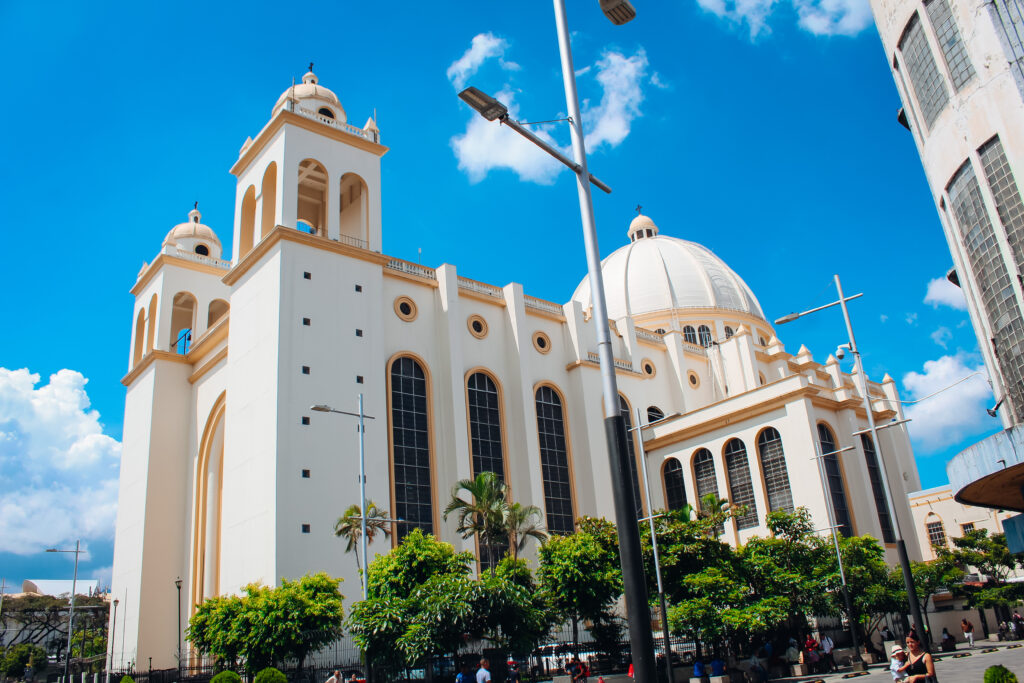



While the real beauty of this country lies outside of its capital city, San Salvador is chock-full of hidden gems. Downtown may be rough around the edges, but eating on the roof of Mercado Hula Hula will provide you a beautiful view of the entire city. There are a few different options in this food court style space, my recommendation being Cesai, a dual restaurant and culinary school. Parking is available on site and an elevator will take you down to street level. From here, walk just a few blocks to Plaza Gerardo Barrios. Here, you can step into the Metropolitan Cathedral of San Salvador or tour the National Palace of El Salvador for $5.

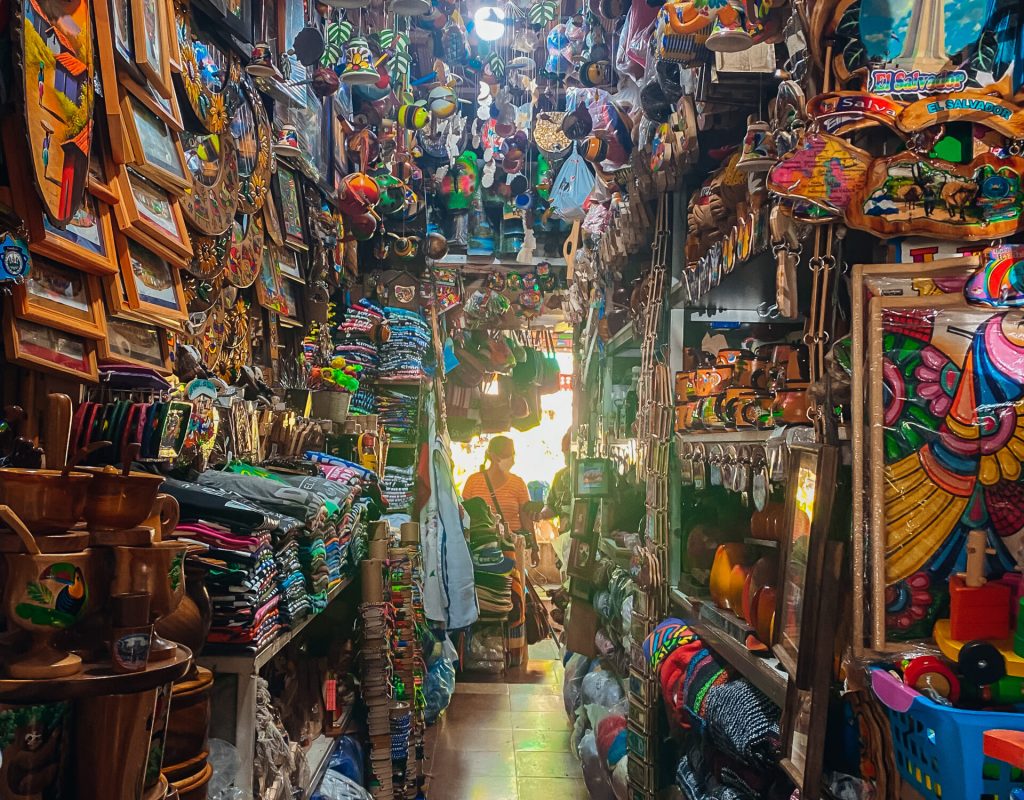

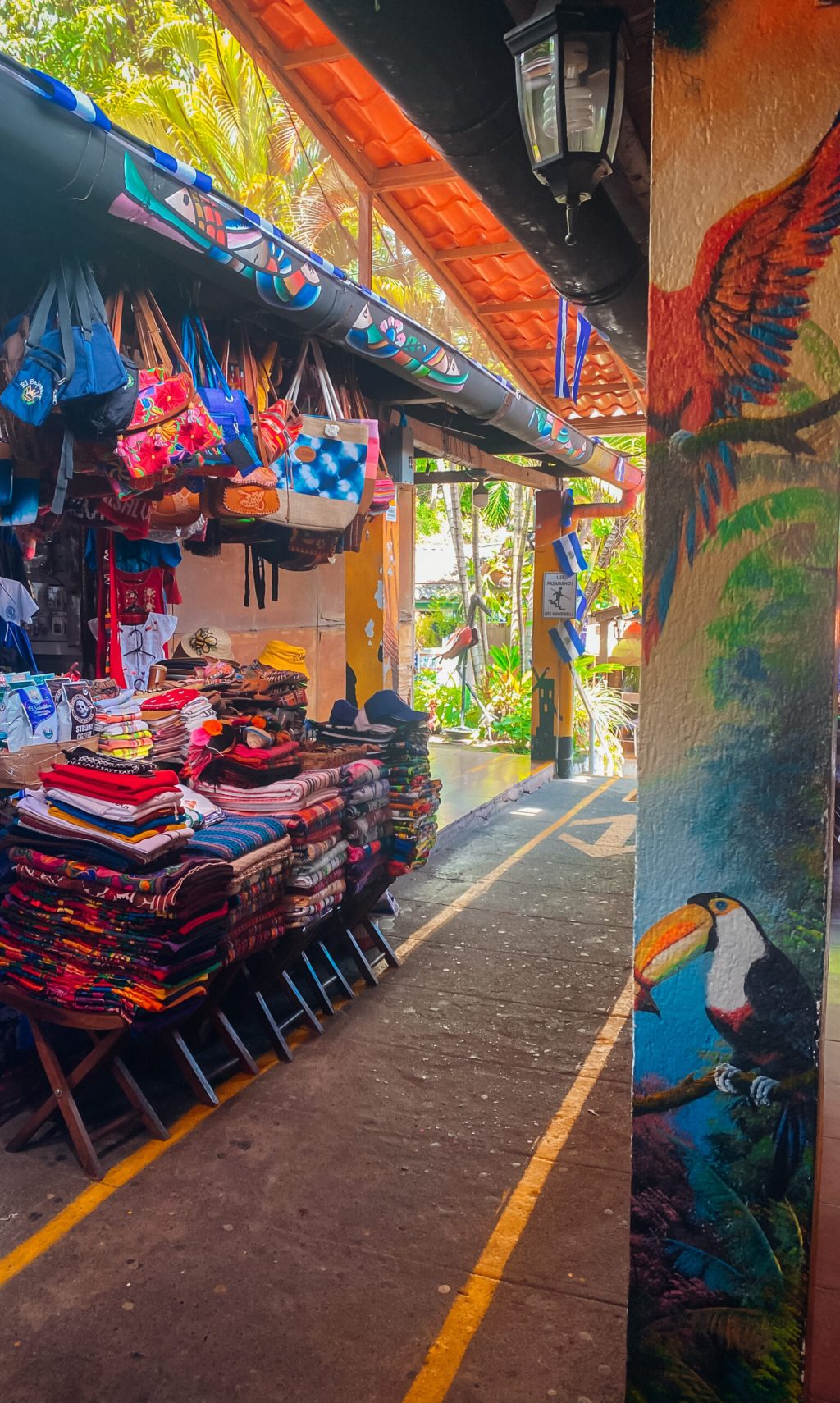
Weave your way through the streets to Mercado Ex-Cuartel. Watch yourself as the narrow roads are lined with vendors but cars will still be coming up behind you. Though you may be tempted, don’t order a smoothie or juice from the vendors. Although they are cheap and look tantalizing, many are made with the local tap water (which you are gonna want to avoid). Once at the market, you will be able to peruse and purchase a plethora of handmade goods which match the authentic style of El Salvador. Bartering is allowed, but you’ll need to speak some Spanish to be successful. If you can’t find what you are looking for here, head west out of downtown to the National Craft Market (my preferred of the two). With the art jumping off the artisanal goods to even the painted pillars, this open air market can be quickly walked through or explored for hours.
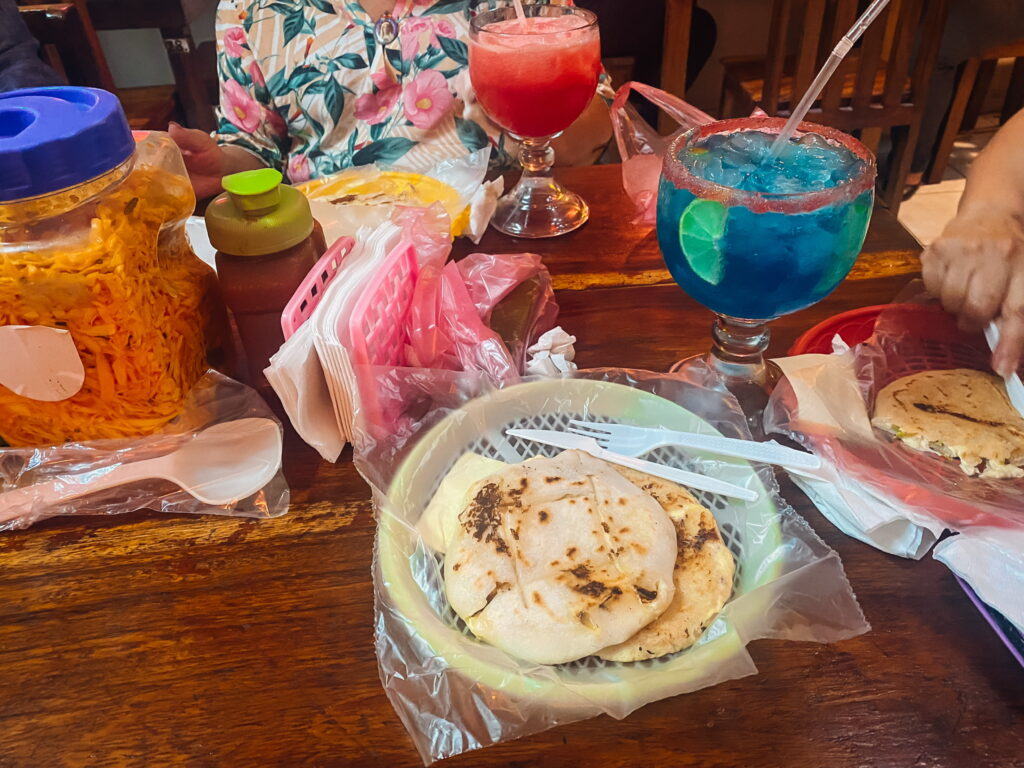
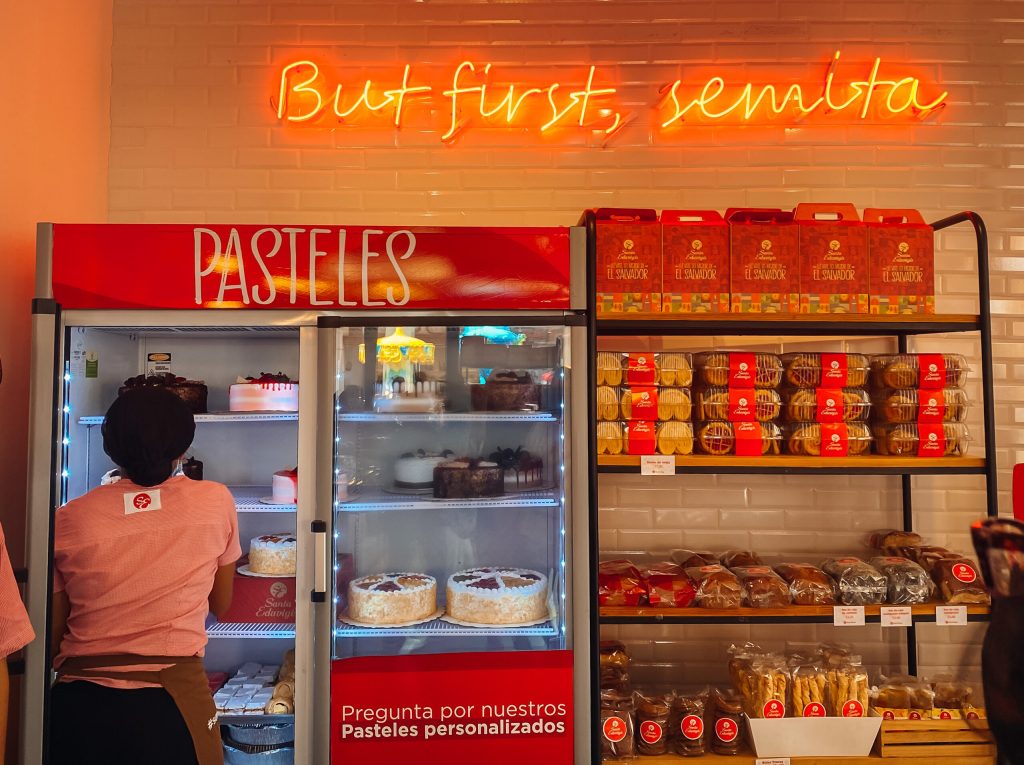
Of course, you cannot visit El Salvador without devouring the national dish: pupusas. While you can get these on practically every corner, I recommend Pupusería Chely. You can enjoy traditional flavors as well as their specials for under $2 a pupusa (some even under a dollar). Go with the classic bean and cheese but get a little crazy and try the cheese and garlic as well as cheese and loroco, an edible flower native to Central America. With each pairing, you’ll have the choice of the typical corn pupusa or a rice one instead. I, of course, recommend some of both. If you are looking for additional flavors of the country, I would be remiss not to encourage you to try semita, a traditional pastry often filled with jam, pineapple, or guava. Indulge in this delightful dessert at Santa Eduvigis, a family bakery.
Escape to Suchitoto


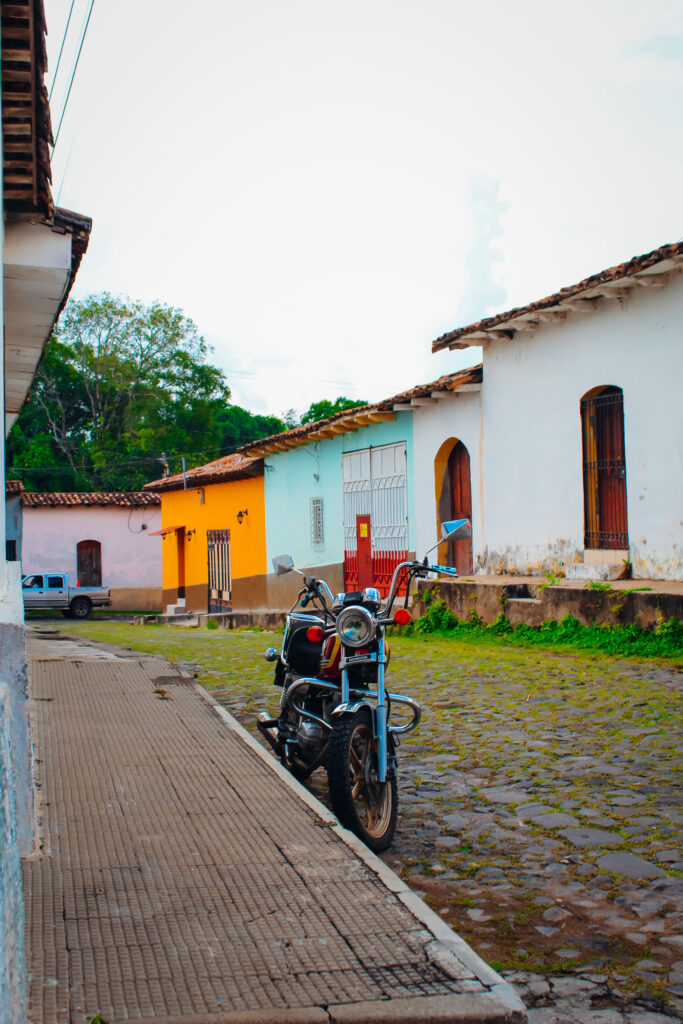


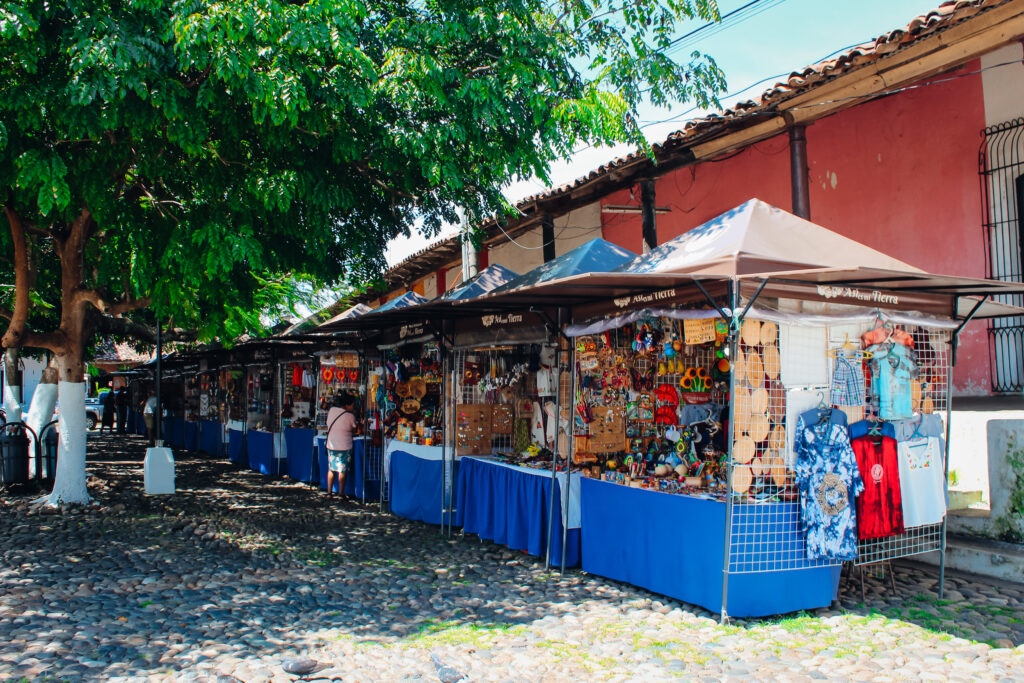

A sweet stop in my heart, if you only have time to do one thing in this entire country, I believe it should be visiting the colorful and historic streets of Suchitoto. A small town less than two hours outside of San Salvador, Suchitoto makes for a perfect day trip. In the center of town, escape from the sun into the mid-1800s Santa Lucia Church. This colonial style structure looks right out of a postcard. In the central park out front, you’ll often find more vendor stalls selling artisan gifts.


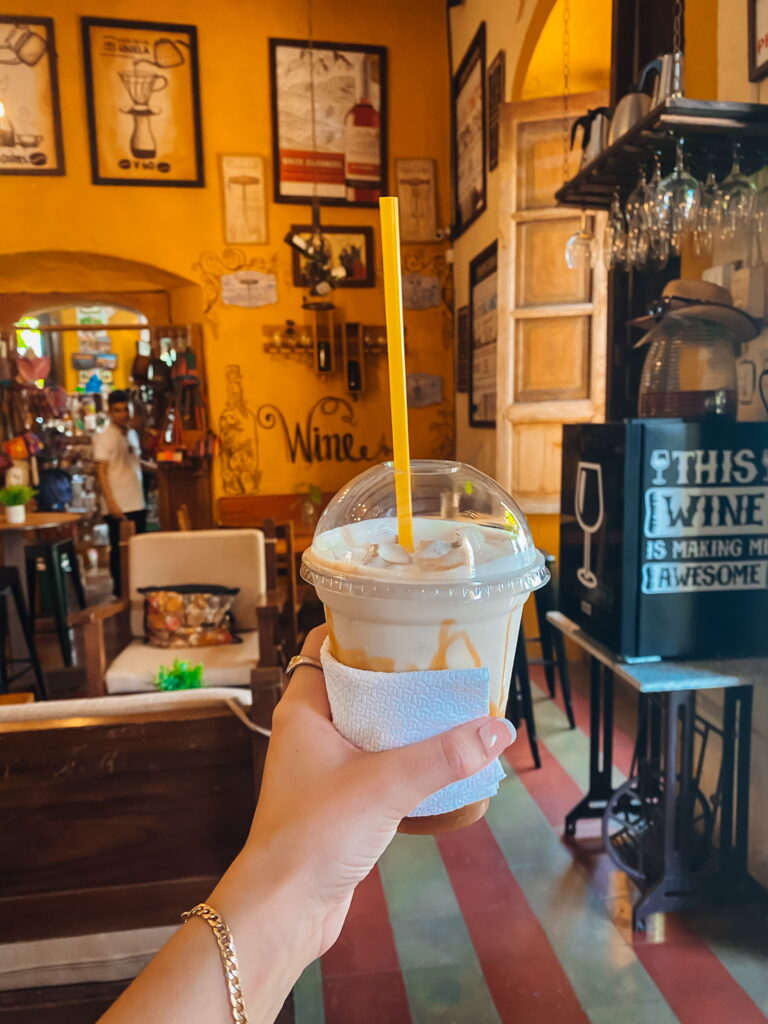
If you are looking for something a little different, walk just a few feet to Arte Añil Indigo Shop. Here, you can shop for indigo products, a natural dye that was used by indigenous communities of the country, or take one of their workshops. Cross back over past the church to keep shopping at Casa de Abuela. Stop in their cafe next door to grab a latte or smoothie. They also provide lodging and pupusa making classes.


Once your stomach starts to growl, head to El Tejado Restaurant and Hotel. With a patio that overlooks Lake Suchitlan and one of the best meals I have had in my life, you will not find a better lunch or dinner spot in town. My shrimp pasta and tamarindo refresca alone would be worth flying back for. If you choose to stay overnight you will find it to be a quiet and relaxing oasis. Their rooms range from $75 a night to $100, a steal for a place with their views, beautiful foliage, and resort worthy pool.
Sip in Surf City

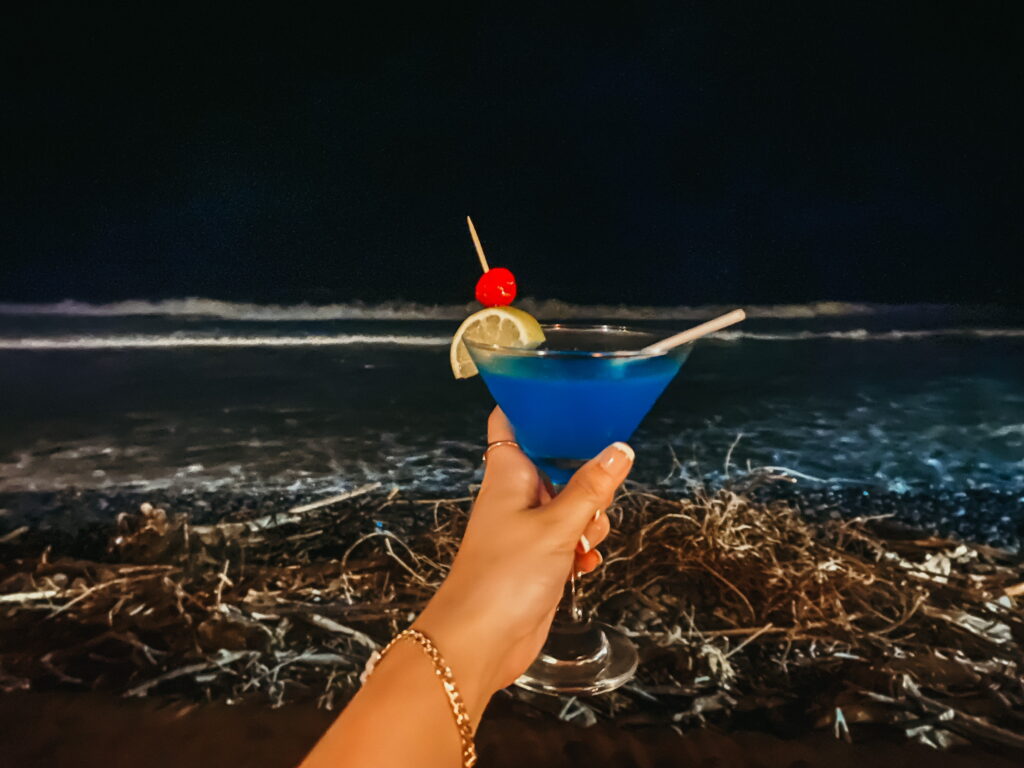
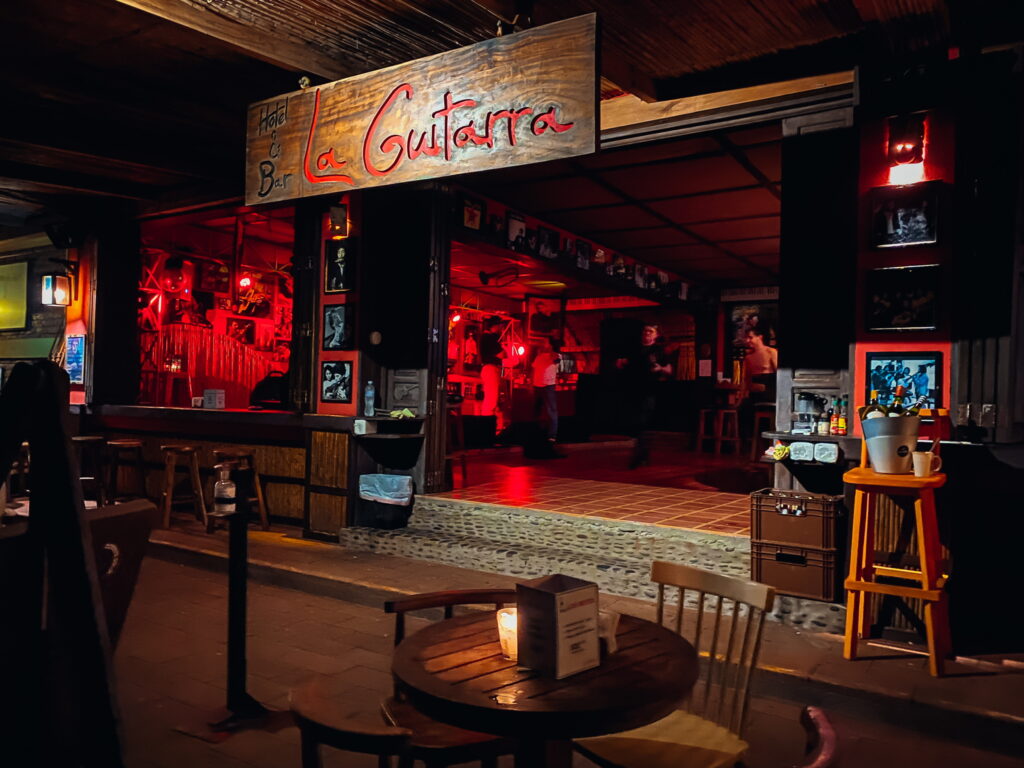
A new attempt to boost tourism has been successful in the development of Surf City. As you might have predicted based on the name, this beach haven produces large waves that attract athletes from around the world. For novices, there are several different surf camp options. If you aren’t feeling up to the surf, this city also serves enough food and beverage options to keep you fueled up all day and night. Surf City has the feel of your typical beach town, with DJ booths lofted above sandy dance floors (the beach comes right up and into many establishments) and tattoo parlors open late for a spontaneous “souvenir.” Keep the night relatively tame by grabbing a pizza from Tunco Veloz, poking around boutiques, lounging with a cocktail at La Bonita Beach Club, and rocking out to a live band at Bar La Guitarra Bar next door.
Discover Mayan Ruins

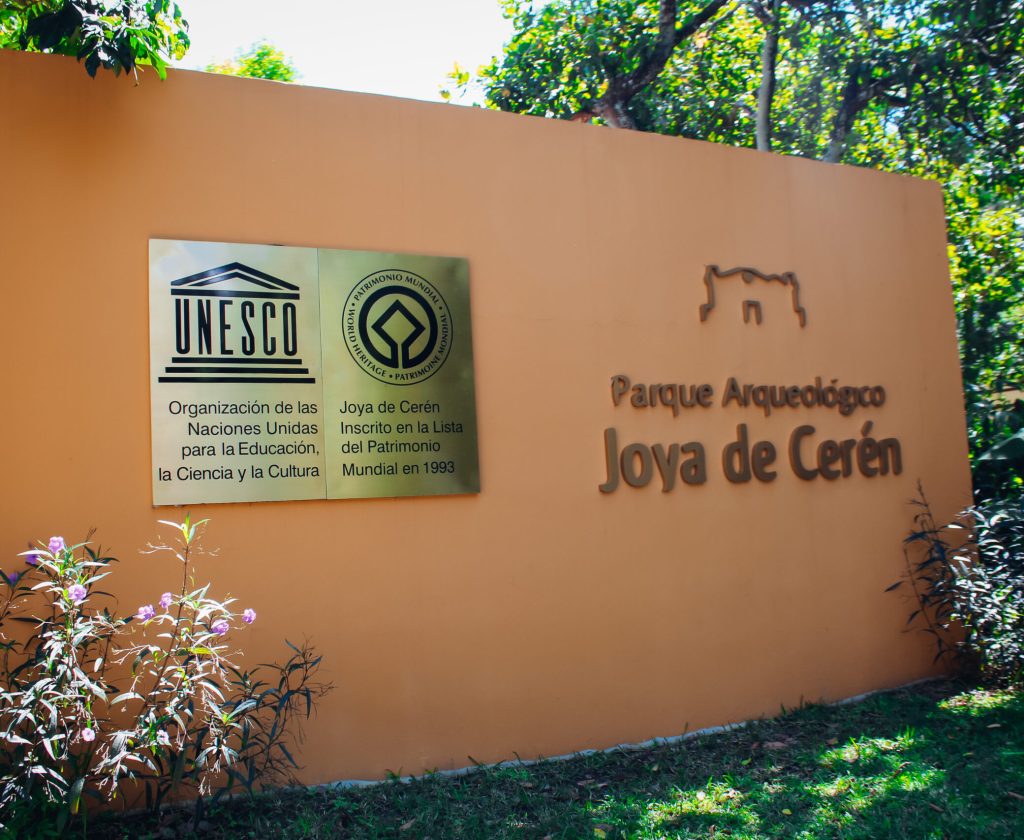

The ruins of the Mayans, an indigenous Mesoamerican civilization known for its wide territory and technological advances, is a big draw for Central American tourism. Less than an hour from San Salvador is the Joya de Ceren Archaeological Site. A UNESCO World Heritage Site, these ruins are unlike any of the others in the country. Under fourteen layers of ash from the Laguna Caldera volcanic eruption c. AD 600, archaeologists have unearthed eighteen buildings of the best preserved MesoAmerican farming village to date, even finding actual maize from the time of the eruption. As no bones were discovered, it is believed that the inhabitants of this village were warned of the explosion and had time to flee. I recommend taking the walking tour with one of the free guides on site to gain a greater appreciation of the various structure functions (these may only be available in Spanish depending on the day).
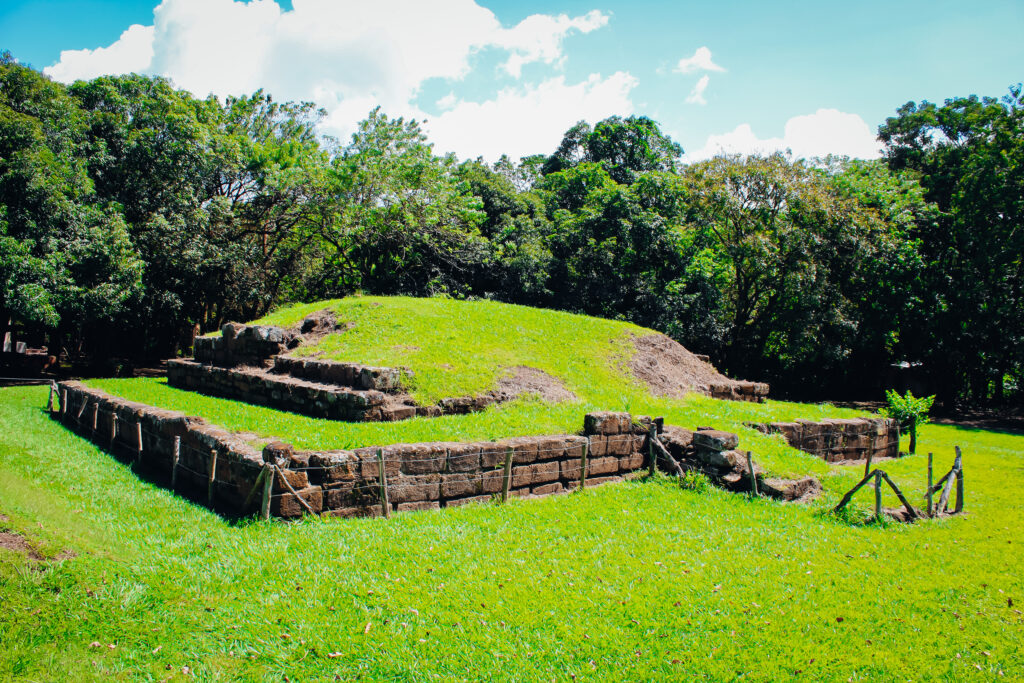
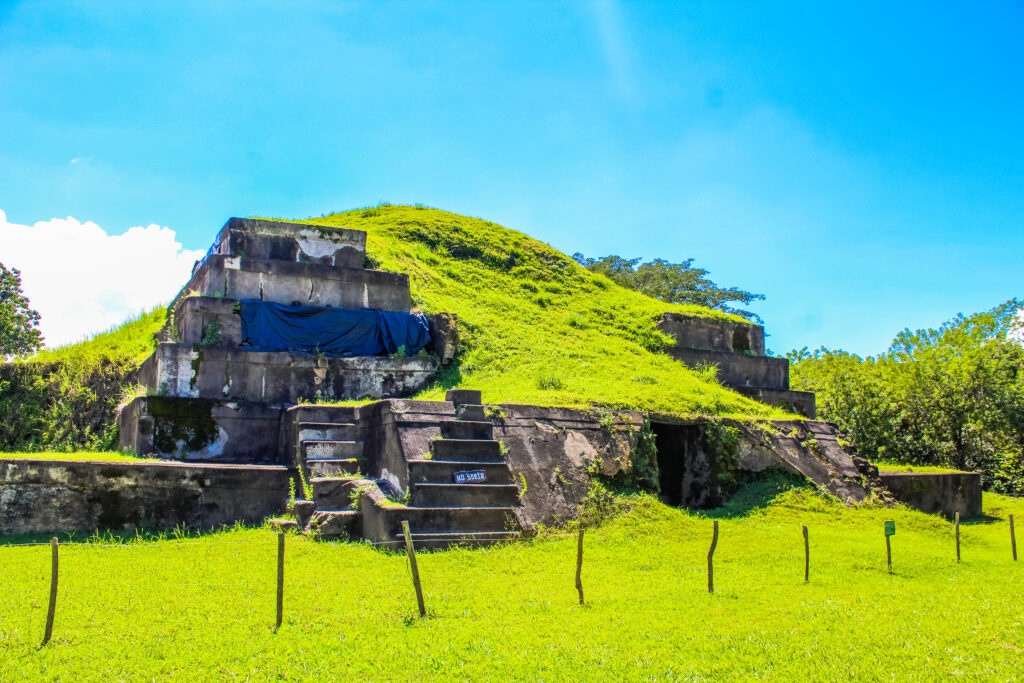
Not twenty minutes away is the San Andres Archaeological site. This will be more of what you typically picture when you hear “Mayan ruins” as these are the remains of pyramids that date all the way back to 900 BCE. Archaeologists have deduced that the acropolis here was used as a political, ceremonial, and commercial center. Like the Joya de Ceren Archaeological Site, there is an onsite museum with artifacts and tour guides available.


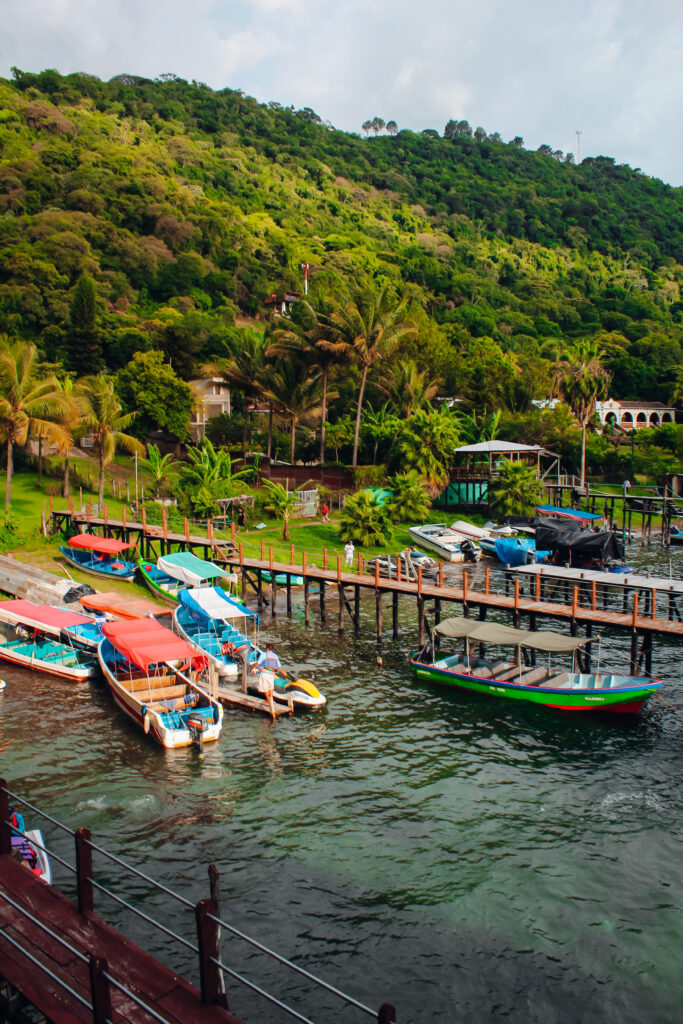
With its own mayan history and volcano views, the nearby shores of Lago de Coatepeque make for the perfect stop to grab a bite in this region. While there are many restaurants at the top of this crater that look down on the lake below, our party opted to sit right above the water and eat at Restaurante El Faro del Lago. You’ll find a variety of fresh seafood options on the menu but for sensitive stomachs like mine, beware, these fish come with their eyes! The views from their deck are truly unmatched and you can even take a boat out onto the water. Stop by on your way to El Tazumal, the largest and most pyramid-like of the ruins in the country (something we sadly ran out of time to do – be sure to look up their current hours!).
Relish Coffee Culture
There is a reason why when you see those maps in Starbucks that Central America, and particularly El Salvador, is always highlighted. With its high altitude farms and rich, volcanic soil, El Salvador is regarded as a premier producer of delicious, low acidity coffee. If you have time, get into the mountains and tour one of the many farms to learn about growing practices and the history of coffee in El Salvador. A list of farms you can visit can be found HERE.
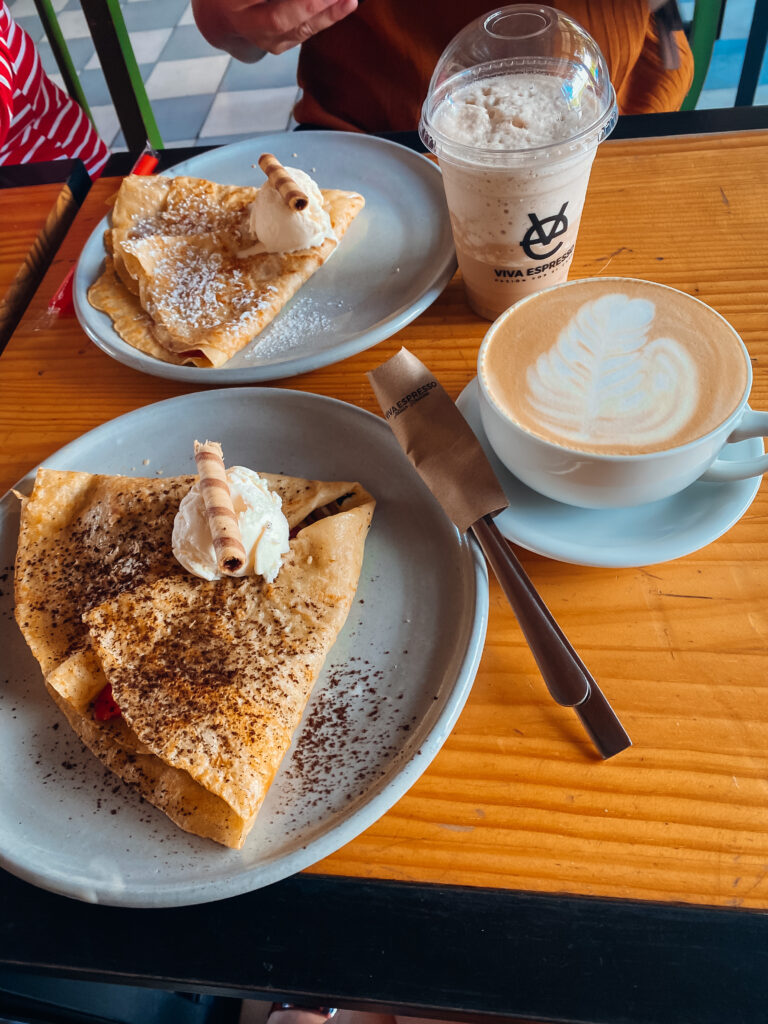
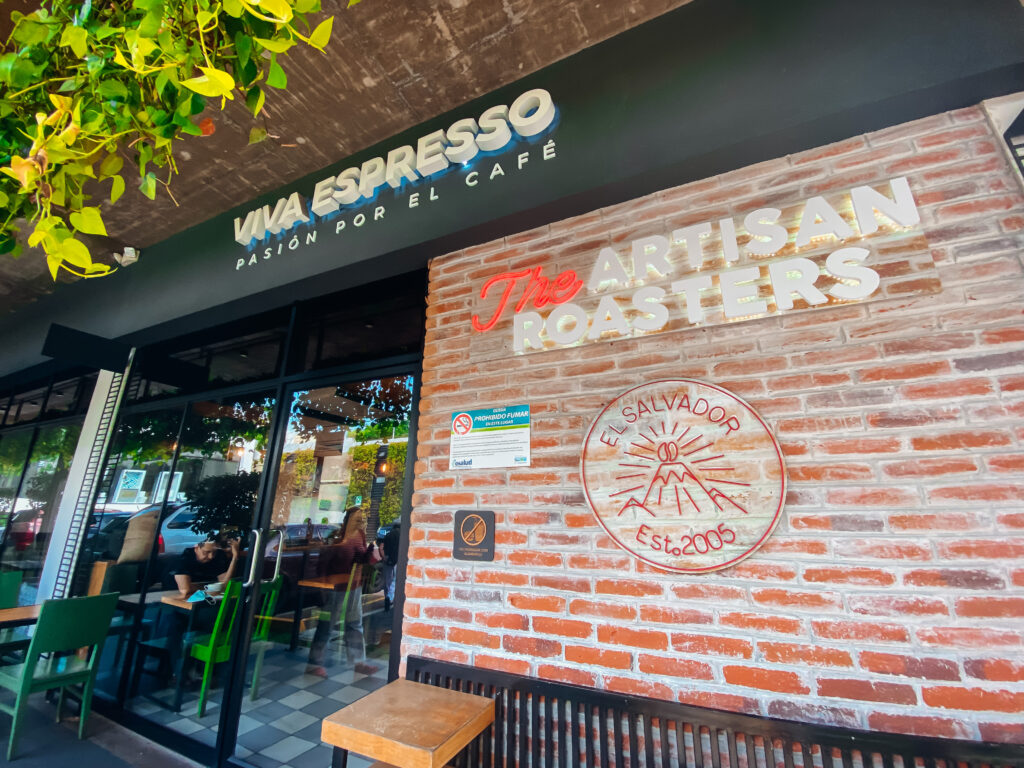
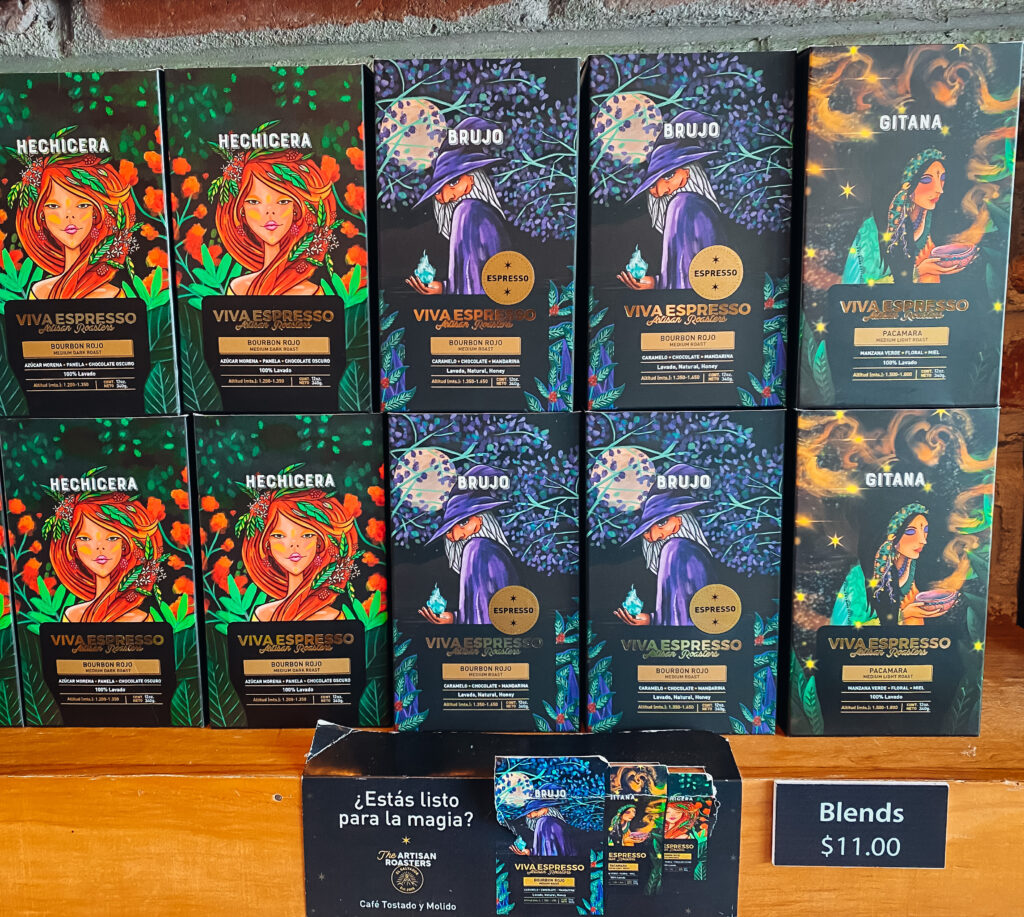

Unfortunately, my most recent visit was just days after Tropical Storm Julia. The coffee farms experienced millions of dollars worth of damages and many roads into the mountains were blocked by mudslides. Relegated to having my coffee in the city, this 6+ year barista quickly found Viva Espresso. This artisanal roastery and coffee shop was founded in 2005 and has since gone on to win several awards, including accolades at the world barista competition. After a cup and a crepe, pick up a couple of their beautifully packaged blends to take home.


If one cup isn’t enough, just a couple streets away you can visit Café La Casona San Benito. With vines climbing the trellis overhead and jar lights hanging from trees to add soft illumination, Cafe La Casona feels right out of a fairytale. They pride themselves in using sustainable practices, such as shaded growing and only natural pesticides, to bring you their coffee from ground to cup and use their position to aid social responsibility causes, like gender equality and ending systemic poverty. While my horchata latte was delicious, my mother’s blended chia was one of the best beverages I have ever had.
Some final notes on logistics and safety…
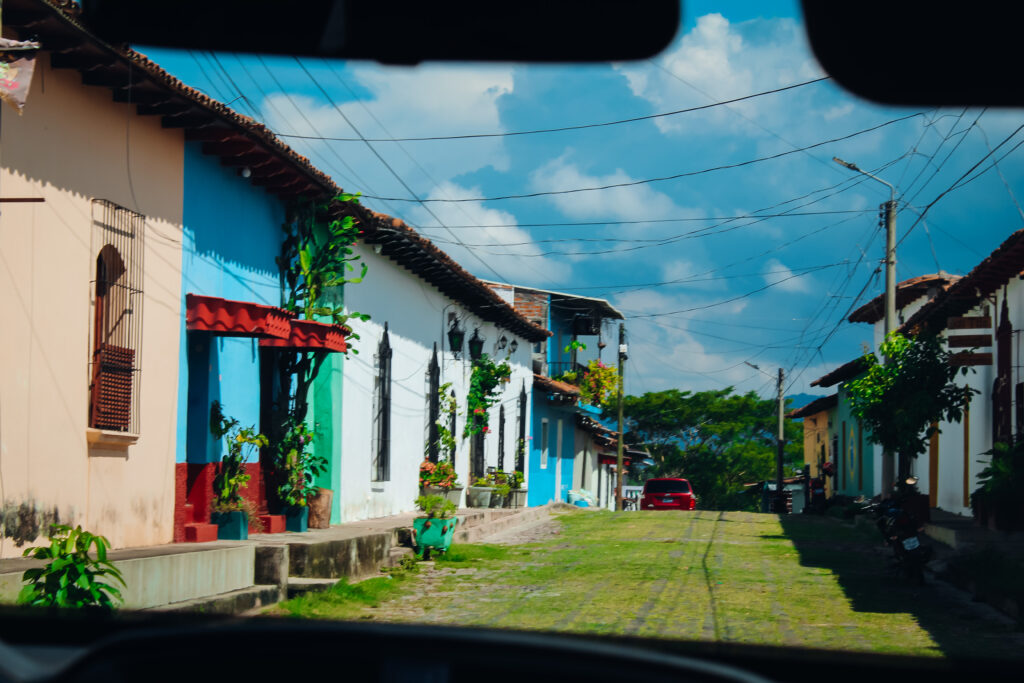

While exploring San Salvador, you’ll quickly learn that the traffic in this city is worse than even the busiest streets in the U.S. and laws of the road seem non-existent. People will approach your car to attempt to sell you goods or wash your windshield (for which they will expect pay). It is best to navigate this country with the help of drivers or guides that can take you to your various destinations. Viator and Get Your Guide have plenty of great tour options for first time visitors.
A guide will also be helpful for non-Spanish speakers. In El Salvador, most of the population does not speak English, so some basic knowledge of Spanish may be necessary for most of your interactions and imperative if you venture out of the touristy areas. While I found El Salvador to feel safe – always met with a smile and aided by strangers for directions several times – avoid becoming a target of crime. Keep an eye on your belongings, don’t dress too flashy, and as always, be aware of your surroundings.
United States travelers will be happy to note that the national currency of El Salvador is the US dollar, meaning you won’t need to exchange any money. When you arrive at the airport, you’ll be expected to pay $12 for a 90 day tourist visa before proceeding through customs. A trivial price to pay for an adventure in this paradise.
Other Top Posts!
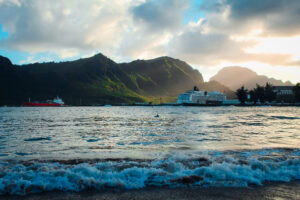
Your Ultimate Trip To Kauai: Exploring the East Shore
From the logistics of hotels and rental cars to the fun stuff like beaches, rum tastings, and lighthouses, we’ve got you covered on Kauai’s East Shore!

Top 7 Things to do in Seward, Alaska: Your Epic 48-Hour Itinerary
From a glacier hike and boat tour of Kenai Fjords National Park, to coffee on the water and fish chowder downtown, we’ve got you covered on planning your next trip to Seward, Alaska!
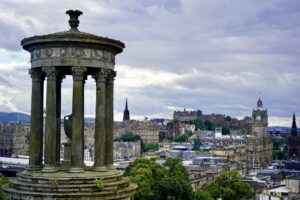
Ultimate Scotland 8 Day Travel Itinerary (Part 3)
Through the Cairngorms to Edinburgh, let the third and final part of this Scotland 8 day travel itinerary help you start planning your next adventure today!
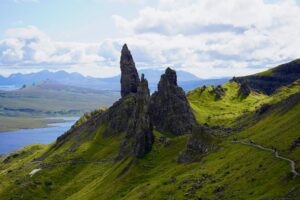
Ultimate Scotland 8 Day Travel Itinerary (Part 2)
From the Isle of Skye to Loch Ness and Inverness, let part 2 of this post help you plan the most epic Scotland 8 day travel itinerary!
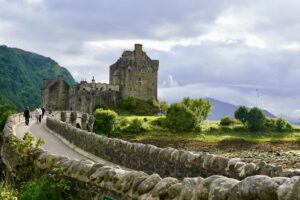
Ultimate Scotland 8 Day Travel Itinerary (Part 1)
From Edinburgh Airport to Glencoe and the Isle of Skye, let part 1 of this post be your guide to an ultimate Scotland 8 day travel itinerary!

Perfect 3-Day Itinerary for Prague, Czech Republic
From the city’s red roofs to the walls of the “Yellow Submarine” pub, there is plenty of history to explore in Prague; medieval and modern.

Congrats Anna D’Arcy, your blog is very nice and it gives the visitor a broad and honest introduction to my beloved El Salvador. I’m a friend of your grandma, since we were little girls, we were school classmates, I also know Myrna and Sylvia, as well as your grandpa, Leslie your mom as a baby, in a few words, your whole family. I hope this will be the beginning of many more visits to our “Pulgarcito de America”, si you can continue writing about your experiences. Keep up the good job.
Thank you Sonia for your kind words and support! I’m hoping to make it back to El Salvador and Central America soon (and to of course write more blogs)!